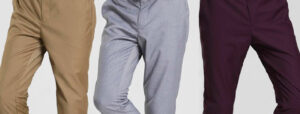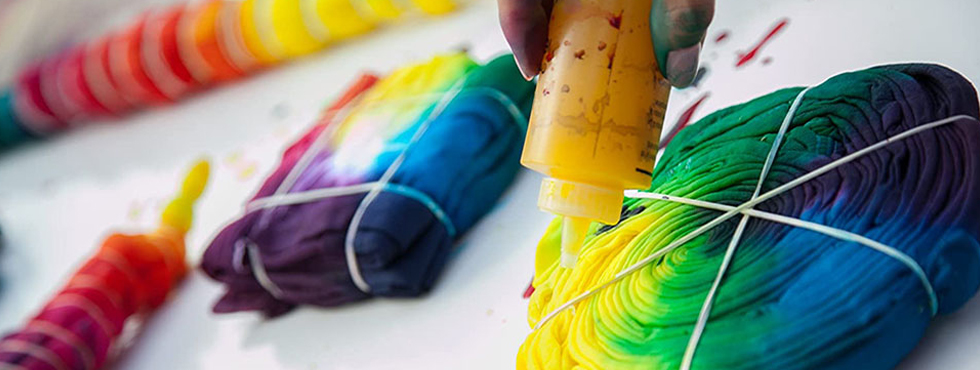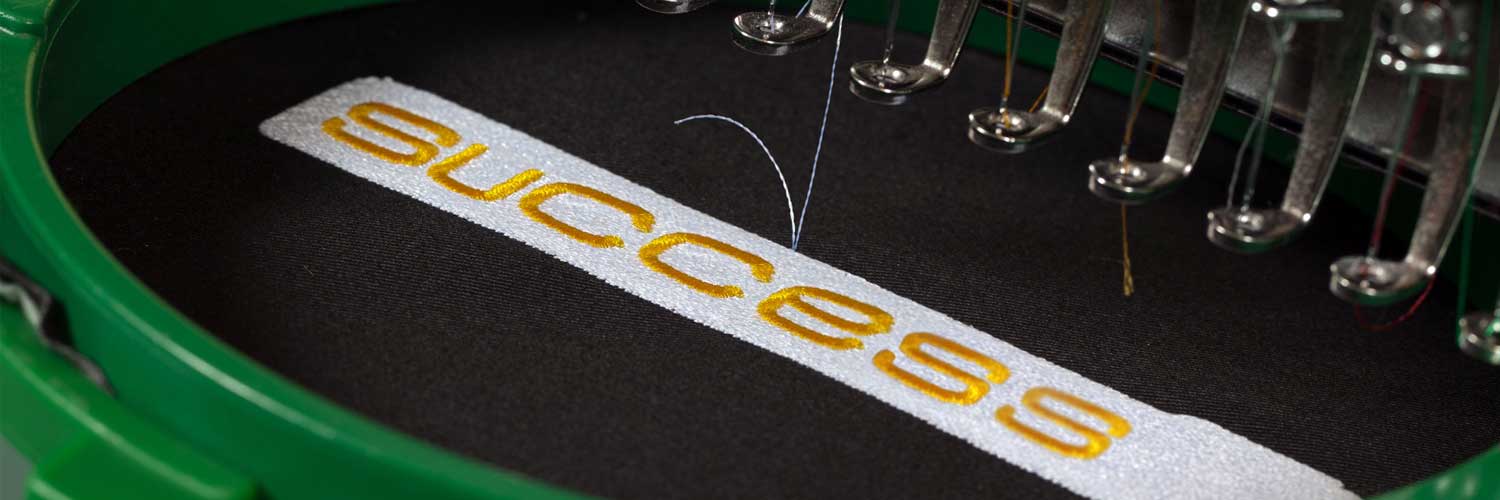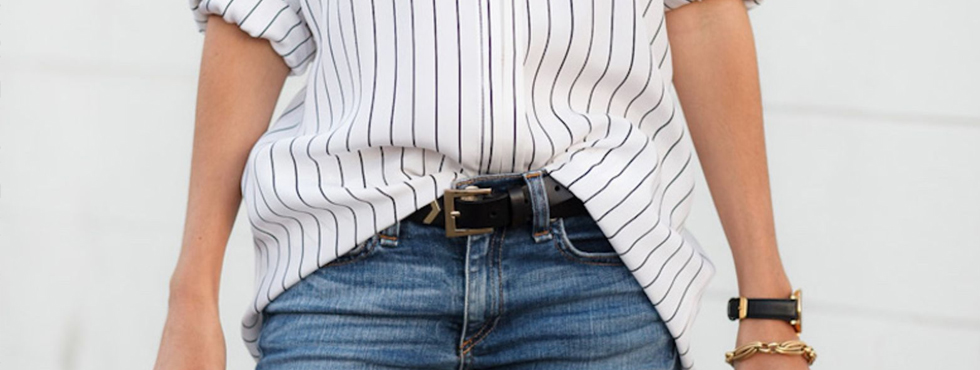The apparel market is rapidly evolving and growing its overall revenue. A report by the series of Consumer Market Insights gives an overview of the apparel market with an annual growth rate of 2.82% between 2023 and 2028. The main reason behind the rapid growth is that this market not only comprises a single product; it has many clothing lines, from t-shirts to intimate wear.
However, the weight of the shirt plays a pivotal role in the textile industry, where each thread of the fabric reflects a unique story. Knowing about the importance of weight is more complex as it directly affects the shirt’s comfort, quality, and printability. Here, we give you the nuance of t-shirt weight, provide insight into the average weight of a shirt, and help you choose the perfect shirt that fits every occasion and season.
Let’s delve into the embarkation journey of the t-shirt weight and its significant role in facilitating a seamless experience when choosing the ideal fabric. This process builds your name in the market and provides an overview.
What Is An Ideal T-Shirt Weight?
The weight of a t-shirt is a measure of the density and thickness that craft the overall quality of the garment. This question often arises: how much does a shirt weigh? It’s hard to answer it, as it depends on several factors, but the major arises with personal preferences.
Fabric weight is measured in two metrics, grams per square meter(GSM) and ounces, but the standard measuring unit is GSM. The average shirt weight has a direct impact on its longevity and printability. Most people misunderstand this; they think the more weight they pick, the better quality it reflects, although it is entirely different from this.
The lightweight shirt with lower GSM reflects a soft touch and breathability. However, it is hard to put words on durability to wash, wear or tear. On the other hand, the fabric with high GSM tends to add warmth and maintain its shape and structure over a long time, but it fails to add moisture-wicking and lighter fabric properties.
You can further understand the t-shirt weights by analyzing the below-mentioned breakdown of the T-shirt’s importance.
Types of T-Shirt Weight
Imagine having light, mid, and heavyweight fabrics; each material plays a musical instrument in the apparel world. From cold nights to the breezy summers, these fabrics give a seamless experience to the perfect fabric that fits the target market.
-
Lightweight Fabric
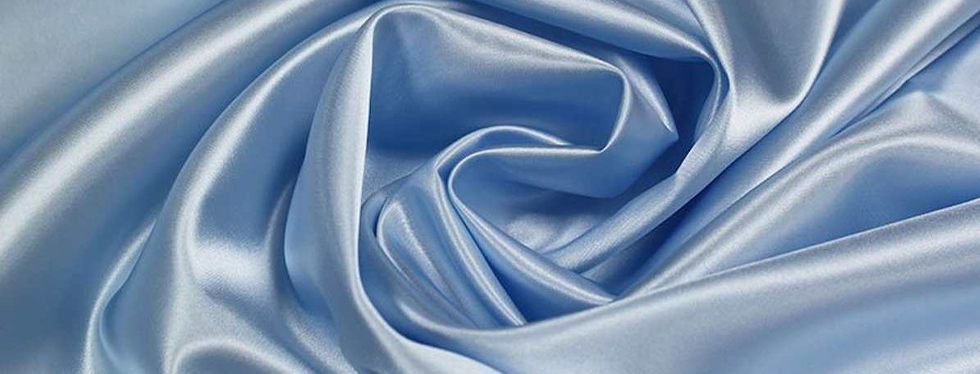
Lightweight t-shirt fabric typically weighs from 40 to 100 GSM. This fabric is the best option to wear on summer days as it is breathable through the material. Some designers use 100% cotton in this fabric, which makes it lightweight cotton shirts and a go-to option for the long-wear session.
Moreover, the slippery nature of the fabric allows it to drape over the body, giving versatility throughout the look.
-
Midweight Fabric
It is a year-round fabric because this class of shirt offers the benefit of both lightweight and heavyweight shirts. It is advantageous in terms of durability, like heavyweight, while giving touches like a light t-shirt.
The most significant advantage of this t-shirt material is that it allows the fabric for versatile and unique printing, employing numerous strategies like custom screen printing. It weighs 100 to 150 GSM and adds zest to everyday casual tees or layering.
-
Heavyweight Fabric
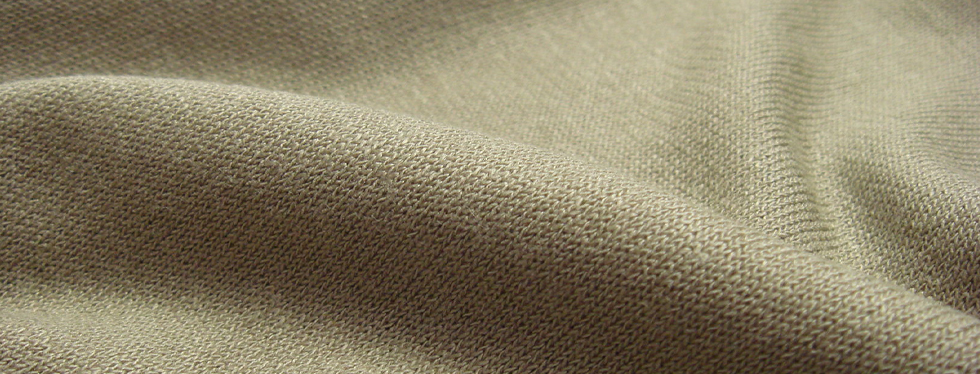
These fabrics are designed to give unbeaten demand to the fashion world. This fabric weighs 150 to 200 GSM, and its thick nature adds warmth to the garment. Because of heavy material usage, it lacks breathability, but it is durable and has shape retention; it has suitable printing properties to retain intricate or bold designs. They are cost-effective due to the high stitching cost and material, but in terms of manufacturing, they require a high shipment cost.
-
Premium weight Fabric
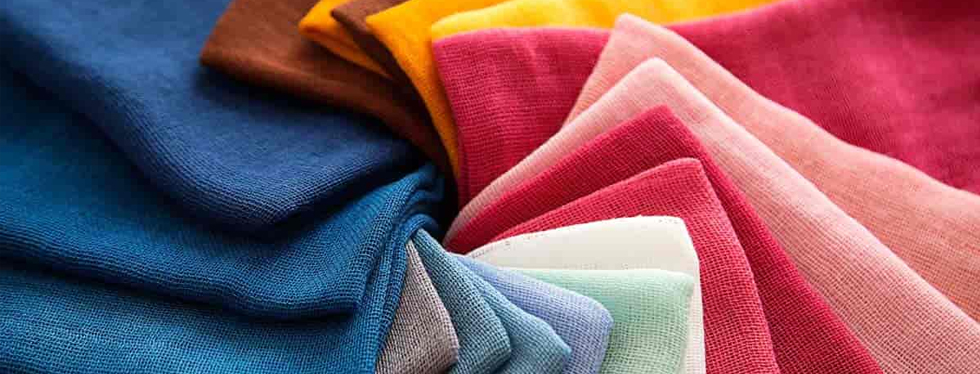
As the name says, it is premium quality with high sleeves and waist options. It incorporates heavy material, adding warmth and durability to heavy cotton t-shirts. This weighs above 200 GSM but is ideal for winter or outdoor gatherings.
How does the Fabric Weight affect the T-shirt weight and printability?
The fabric weight is the additional factor contributing to the final weight of the shirt; it encompasses more than the fabric, thickness and appearance. Imagine a sweatshirt with sheep wool will be heavier than the silk scarf due to the difference in the fibers these fabrics incorporate. You will be surprised to learn that synthetic fibers are lighter than natural because they have hollow spaces between them, reducing the t-shirt fabric’s weight.
Moreover, fabric weight also affects the printing; if we talk about lightweight t-shirts, they allow less ink absorption to the fabric because of their thinner and purer material. Medium and heavyweight t-shirts ensure high print over multiple washes and give durability to the t-shirts because they accommodate the rough texture that strikes a balance between longevity and the ultimate softness of the fabric.
Factors That Affects The T-Shirt Weight
When discussing the t-shirt’s weight, several factors influence its comfort and durability. From the choice of the fabric to the manufacturing process, each element contributes to the t-shirt’s weight. Let’s look at the factors mentioned below that enhance the quality of the wardrobe staple.
Fabric Material
As discussed earlier, natural fabric is 100% cotton and tends to provide thickness, comfort, and breathability. However, synthetic fabric like polyester enhances the longevity and moisture-wicking properties of the fabric and removes the high weight from the t-shirts.
Fabric Size
The size of the fabric plays a crucial role in the overall material; various sizes contribute to the different weight ranges.
Weave and Knitting
How the fibers are interlocked and the tightness of the woven knit impacts its weight. Imagine a tightly knitted shirt, just like the jersey, versus the loosely knitted sweater, each telling a different weight story.
Printing
Different Printing methods done on the fabric may add weight, such as screen printing and heat transfer, which add significant weightage, while DTG results in slightly less weight.
Shrinkage
Some treatments can lead to garment shrinkage during washing and drying, causing the fabric to concentrate and increase in weight.
Designing Element
Adding elements such as embroidery pockets and other establishments can contribute to the overall weight; adding texture and designs leads to a heavier weight than those without bags.
Finishing Treatment
Additional treatments, such as brush fleece and wrinkle-resistant coating or enzyme washing, add weight, softness and comfort to the fabric.
Conclusion
As we wrap up, selecting the suitable fabric for your t-shirt requires some factors, such as comfort, climate, and intended use. Whether you opt for lightweight t-shirts, midweight or heavyweight, comparing them will provide valuable insight into picking the right one.
This guide provides you with the essential knowledge of the correct T-shirt weight and helps you choose the most comfortable and suitable T-shirt according to your needs. We also recommend you first check the GSM while buying the shirt; you can follow our guidelines on t-shirt manufacturers, which will save you from all the bottlenecks in the apparel world.



